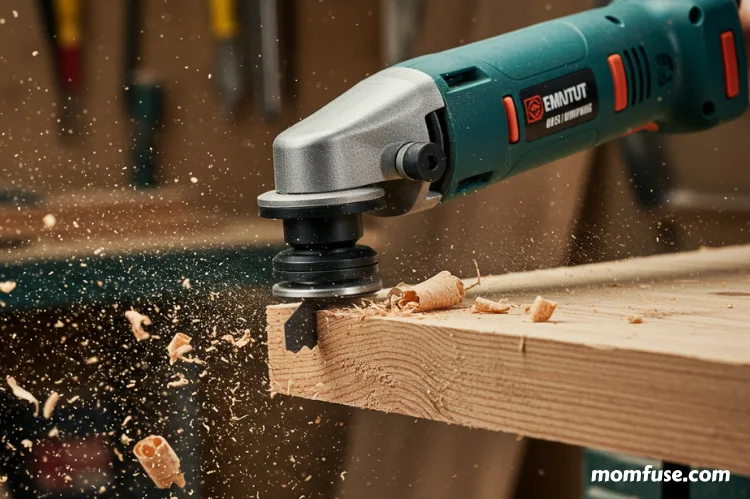Fixing things around the house doesn’t have to mean dragging out a giant toolbox or buying a new gadget every time a project pops up. Whether it’s sanding down a rough edge, trimming wood, scraping away old grout, or cutting through drywall, there’s one power tool that handles it all without needing a bunch of add-ons or complicated setups.
It’s called an oscillating tool—and it might just be the most useful thing in any toolkit.
So, What Exactly Is an Oscillating Tool?
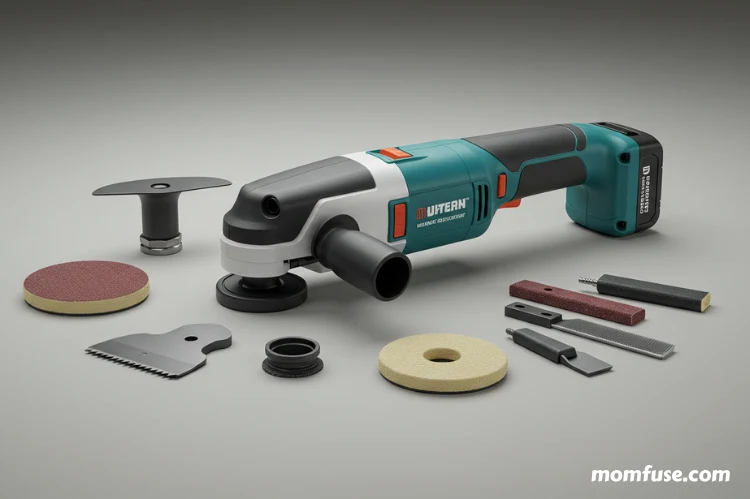
An oscillating tool is a small, handheld power tool that moves its head back and forth really fast—so fast that the motion isn’t really visible. But even though it doesn’t spin or rotate like a drill or saw, it’s super powerful. The best part is that you can swap out the head for different attachments, so the same tool can sand, saw, scrape, and even grind.
That’s what makes it such a game-changer for people who want to do more with less gear. It’s not just for big-time builders or contractors, either. It’s simple enough for beginners to use safely and accurately. And if you’re trying to save space or avoid the hassle of using different tools for every job, a good oscillating tool is a smart place to start.
Why It’s the First Tool Many People Grab

The coolest part about an oscillating tool is how many problems it can solve. Say there’s a nail head poking out of a floorboard or an old bit of glue that won’t come off a surface. Most tools only do one thing, but this one? Switch the blade, and it’s ready to slice, smooth, or scrape.
It’s a go-to for tricky spaces, too. Unlike bulky saws or drills that need a lot of room, oscillating tools can fit into tight corners, between wall studs, or up close to the edge of a floor. That makes them perfect for all kinds of awkward fixes—where most other tools just don’t work well.
Need to trim door casing to install new flooring? The oscillating tool makes a clean, level cut right at the floor. Got old, crumbling caulk or grout in the bathroom? It scrapes it away cleanly without damaging the tile.
Easy Swaps Make It Even Better

This tool’s secret weapon is its quick-change head. Different blades or pads attach with just a twist or snap, depending on the model. No special skills or extra tools needed.
Here are a few common tasks it handles:
- Cutting wood, drywall, and plastic: Whether trimming a panel, cutting into drywall for an outlet, or slicing through plastic pipe, just attach a fine-toothed blade.
- Sanding edges and corners: Regular sanders can’t always reach tight spaces. With a sanding pad attachment, the oscillating tool smooths out detailed areas.
- Scraping off materials: Old adhesives, paint, or even carpet glue don’t stand a chance when a scraping blade is attached.
- Plunge cuts: Need to cut a hole in the middle of a board? This tool can dive straight in without drilling a hole first.
The cool part is that once you figure out how one blade works, learning the rest feels easy. There’s no complicated setup and no long instructions to follow every time.
Perfect for Quick Fixes or Full-On Projects

Oscillating tools are great for everyday repairs—things that might seem small but make a big difference. A door that sticks, a floorboard that creaks, or a drawer that won’t shut right. With the right attachment, each of those can be handled in minutes.
But this tool can also step up for bigger projects. If someone’s redoing a bathroom, it can help cut out old tile grout or trim new pieces to fit. Putting in new baseboards? It can trim each corner to the perfect angle. Even installing laminate flooring goes faster when the door frames get trimmed down with a precise oscillating cut.
People use them for car work, craft projects, building furniture, or even trimming tree branches in the yard. One tool, endless possibilities.
A Smart Tool for Small Spaces
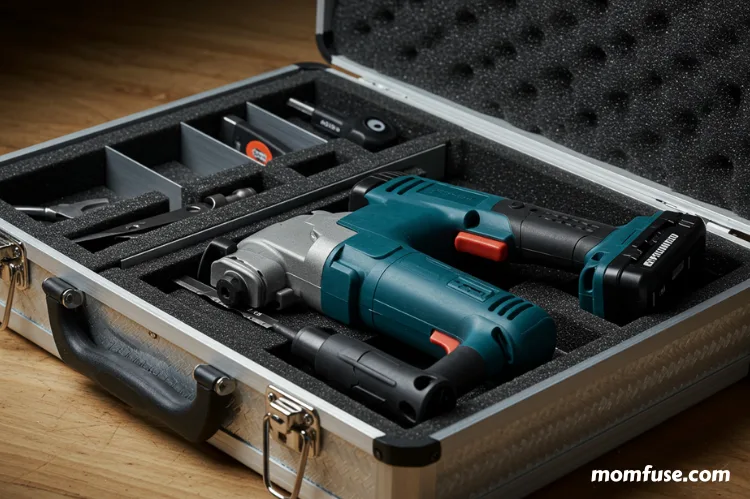
For anyone without a lot of storage, this tool is a win. Instead of a whole shelf of sanders, saws, and scrapers, just keep a small box of attachments and the oscillating tool itself. That’s it.
It’s also easy to carry around. Whether fixing something upstairs, out in the garage, or at someone else’s house, it saves trips back and forth looking for more gear. Just grab it and go.
Cordless models are especially handy. No cord means more freedom to move, and no need to search for an outlet. Most have strong batteries that last long enough for plenty of tasks before needing a recharge.
Tips for Getting the Most Out of It
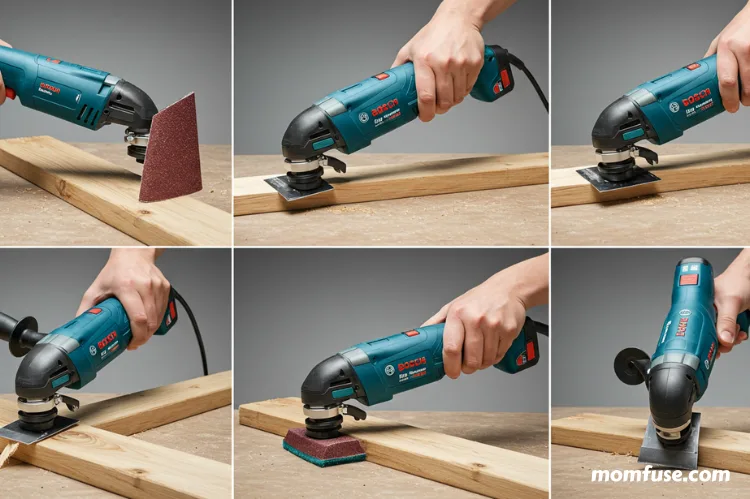
To really make the most of an oscillating tool, a few tips can help:
- Start slow. The tool usually has a speed control. Lower speeds are great for careful cuts or sanding without messing up edges.
- Let the tool do the work. There’s no need to press hard. The high-speed movement does the job. Too much force can wear down the blade or make it skip.
- Use the right attachment. Some blades are better for metal, others for wood. Using the right one makes a cleaner cut and helps the tool last longer.
- Practice on scraps. If cutting into something important, practice on an old piece of wood first. That helps build confidence and avoid mistakes.
It Makes DIY Less Frustrating
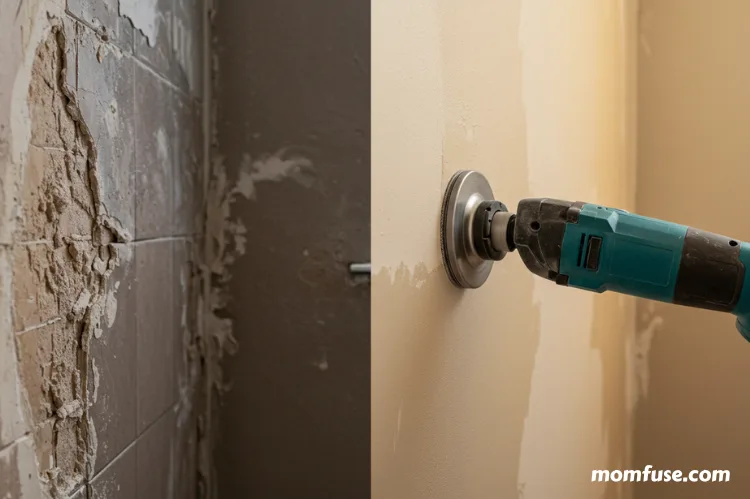
No one likes getting halfway through a fix only to find out the right tool is missing. That’s one of the best parts about an oscillating tool. It covers so many jobs that it’s almost always helpful.
Instead of hunting for five different tools—or giving up on a repair altogether—it’s possible to just swap attachments and keep going. It helps turn a “maybe later” project into something that gets done right away.
Even for people who aren’t that into fixing things, having one tool that works in so many situations just makes life easier.
Try It, Use It, Rely On It
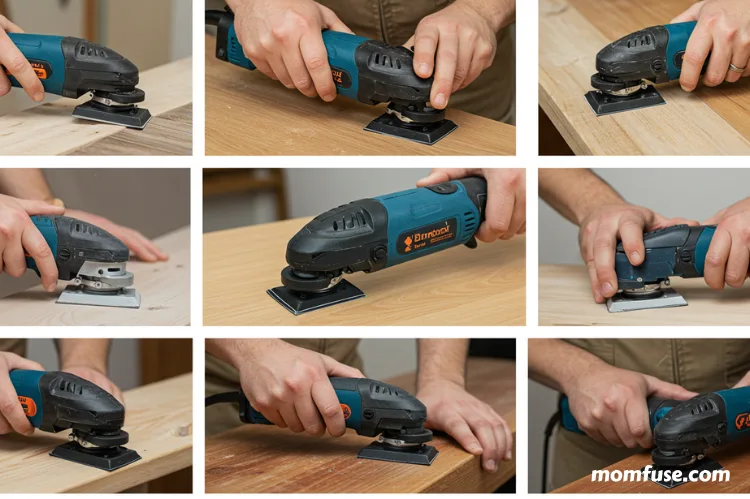
In the end, the best tools don’t just sit on a shelf. They’re the ones that actually get used—because they work, they’re simple, and they solve problems without creating new ones. That’s exactly why the oscillating tool is such a great choice. One tool, tons of fixes.
Read Next: Easy Peel-and-Stick Wallpaper Ideas for Stylish Homes

